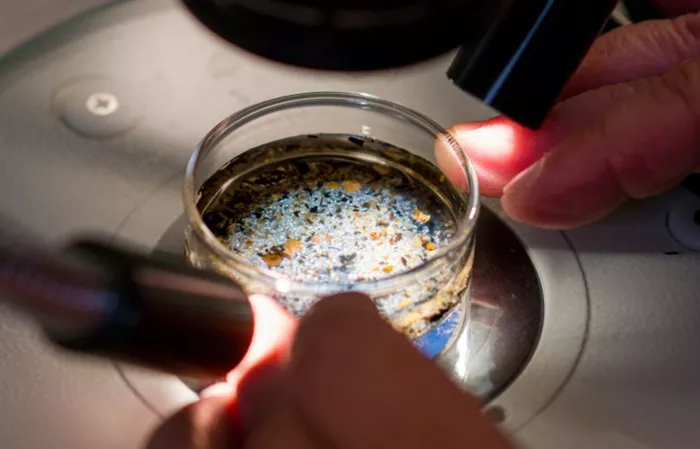A new study has found that living near U.S. coastal waters heavily polluted with microplastics may increase the risk of serious health problems such as type 2 diabetes, stroke, and coronary artery disease.
Researchers analyzed ocean water within 200 nautical miles of 152 coastal counties along the Pacific, Atlantic, and Gulf coasts, measuring microplastic concentrations between 2015 and 2020.
They then compared these pollution levels with the prevalence of chronic diseases in those counties, adjusting for factors like age, race, and socioeconomic status.
The study showed that people living near waters with high microplastic pollution—defined as having 10 or more plastic particles per “bathtub” of ocean water—had an 18% higher rate of type 2 diabetes, a 9% higher risk of stroke, and a 7% higher risk of coronary artery disease compared to those near less polluted waters.
Microplastics are tiny plastic fragments smaller than 5 millimeters, often carrying harmful chemicals such as bisphenols, phthalates, flame retardants, PFAS, and heavy metals. These particles can enter human organs like the liver, kidneys, brain, and even cross the placenta to affect unborn babies. Recent studies have found microplastics in human blood, lungs, liver, and other tissues, linking them to inflammation and serious health conditions.
Experts caution that while this study reveals strong associations, it cannot prove that microplastics directly cause these diseases. More research is needed to understand how these particles harm the body. The study’s lead author, Dr. Sarju Ganatra, emphasized that pollution is widespread—not just in oceans but also in drinking water, food, and air.
Chemicals in plastics, such as phthalates and BPA, are known to disrupt hormones and contribute to diseases like heart disease, diabetes, and cancer.
For example, phthalates have been linked to increased heart disease deaths, and BPA exposure is connected to fetal abnormalities and chronic illnesses.
To reduce exposure to harmful plastics, experts recommend using glass or stainless steel containers, avoiding microwaving food in plastic, and limiting single-use plastics. Checking recycling codes and avoiding plastics labeled with code 3 (which often contain phthalates) can also help lower risk.
This study highlights the urgent need to address plastic pollution and protect public health by reducing plastic waste and improving recycling efforts.
Read more:
- FDA Launches Faster Drug Reviews for National Health Priorities
- New Biannual HIV Injection Could Improve Prevention Access
- New Study Finds Cannabis More Harmful to Heart Health Than Cocaine


